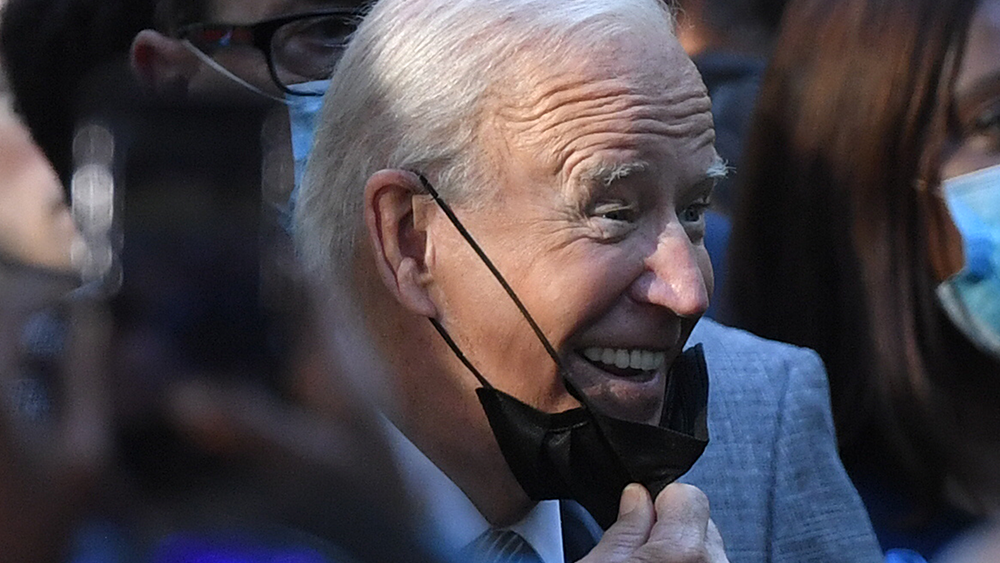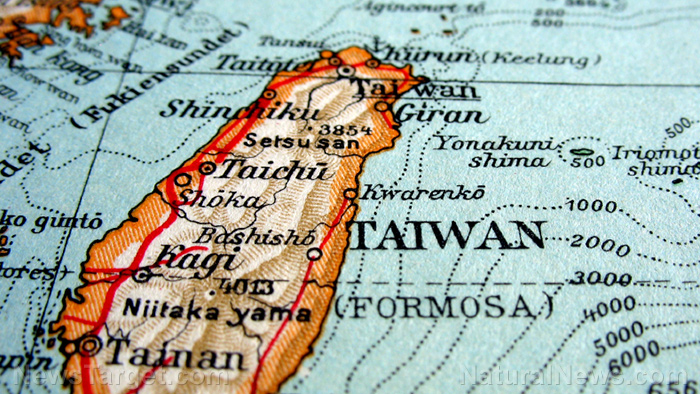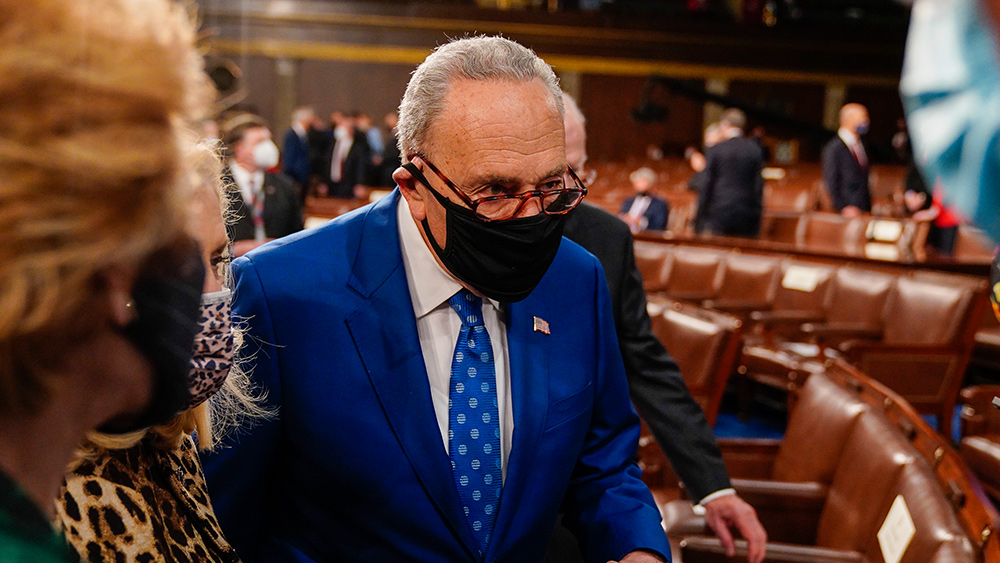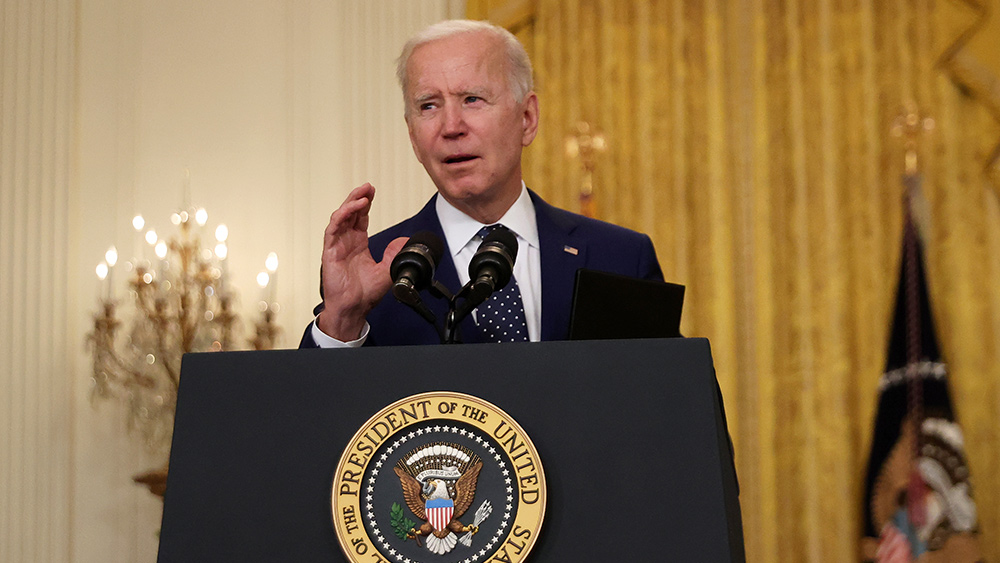WHO team lead: Coronavirus “already circulating” and had “mutated 13 times” within China before being reported
02/18/2021 / By Ramon Tomey

The team leader of the World Health Organization‘s (WHO) investigative mission to Wuhan, China revealed that SARS-CoV-2 had already been circulating widely even before it was reported. Because of its wide circulation among the populace, the Wuhan coronavirus had already mutated 13 times by December 2019. This information suggested that the virus was present in the population for a significant period of time for it to develop.
Dr. Peter Ben Embarek, the lead of the WHO’s team, said that the 13 variants of the Wuhan coronavirus were based on partial genetic samples of the virus. These samples, taken in December 2019, were previously unavailable to international researchers.
He also mentioned that up to 1,000 Wuhan residents could have been infected in that period alone. The estimated number was drawn from 174 severe COVID-19 cases recorded by Chinese authorities. Laboratory testing confirmed 100 severe cases, while doctors diagnosed the other 74 as severe based on patient symptoms.
Embarek remarked that the estimate was “reasonable” given that researchers believed “about 15 percent” of cases progressed in severity.
The WHO team leader’s comments appear to contradict his earlier statement that there was no evidence of coronavirus transmission “in Wuhan or elsewhere” prior to December 2019. However, he stopped short of saying the virus was circulating in China before that period.
Meanwhile, Embarek also called on scientists to stop investigating the theory that the virus escaped from a laboratory. He called the possibility of the virus leaking from a laboratory “extremely unlikely” and did not require further research. But WHO Director General Tedros Adhanom Ghebreyesus has stopped short of dismissing the laboratory theory, saying that “all options are on the table.”
Embarek’s mission came amid criticism by different parties directed to the global health body. A number of personalities, most especially former U.S. President Donald Trump, have slammed the WHO for serving as a mouthpiece for coronavirus-related Chinese propaganda. Even Tedros himself has been accused of being biased towards Beijing.
Animals possibly involved in coronavirus spread
In a virtual press conference, Embarek told reporters that his team failed to establish a solid theory about the virus’ origins and transmission to humans. Instead, they put forward four possible avenues. Three of these involved animals, while the fourth one involving the virus escaping a laboratory received scorn from the WHO team leader.
First, he posited that the coronavirus jumped from its original host animal into another animal that frequently interacts with humans. This intermediary animal would then pass the pathogen to humans it is in close contact with.
Another theory Embarek mentioned was that the original host animal directly passed the virus to humans – citing bats as possible hosts. But he noted that humans and bats do not come into close contact with each other in Wuhan. Swabs of bats and other animals have also turned out negative for the virus.
Dutch virologist and mission team member Marion Koopmans put forward other possible host animals. She suggested that rabbits, bamboo rats or ferret badgers could have served as intermediaries because they are also susceptible to coronaviruses. Koopmans also noted that some of these animals were present at the Huanan Seafood Market in Wuhan, considered as the ground zero of the pandemic.
A third possible avenue for transmission involved frozen or chilled animal products – some from overseas – sold in various markets in Wuhan. Studies have shown that SARS-CoV-2 can survive for a long time at lower temperatures, which made the theory rather viable. (Related: Coronavirus will not be stopped by summer heat, study says.)
Chinese scientist Dr. Liang Wannian pushed this theory, explaining that cold storage facilities may have enabled the virus to travel long distances and reach Wuhan. He added that this theory has gained ground in China as the most likely origin of the pathogen that causes COVID-19. (Related: Was coronavirus spread by BSL-4 lab animals that were illegally sold as meat on the black market?)
Regardless of which theory is the most plausible, Embarek called for more research to be performed on these possible avenues. He added that teams should be looking at both inside and outside China to find the probable origins of COVID-19. “Having spoken with some members of the [WHO] team, I wish to confirm that all hypotheses remain open and require further analysis and studies,” Embarek said.
Pandemic.news has more information about the Wuhan coronavirus’ origins in China.
Sources include:
Tagged Under: animal to human transmission, China, coronavirus transmission, covid-19 pandemic, fact-finding team, Huanan Seafood Market, intermediary animals, Liang Wannian, Marion Koopmans, Peter Ben Embarek, World Health Organization, Wuhan coronavirus
RECENT NEWS & ARTICLES
COPYRIGHT © 2017 LIES NEWS





















